New exhibition opened in Vaduz on 8 July
July 8, 2015 — The opening ceremony of ‘Legends and fairy tales in Ural stone carvings’ exhibition took place on 8 July in Liechtenstein National Museum.
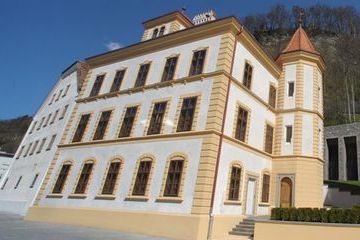
The exhibition features 19 stone sculptures based on fairy tales, Russian epic tales (bylinas) and works of fiction, as well as their main characters.
The collection arrived in Liechtenstein from the Urals in Russia. This region is known not only for its industrial potential, but also for its long-standing stone carving traditions. The Ural Mountains linking Europe and Asia have been dubbed ‘Russia’s stone belt’ and the history of the Ural region is closely linked with mining. It comes as no surprise that over 300 years ago the Urals became a key hub for stone carving and it is still going strong.
Each exhibit featured in ‘Legends and fairy tales in Ural stone carvings’ exhibition is hand-made from natural stone. Some works are unusually large for this art form and reach 75 cm in height. Working on these stone sculptures is a complex process involving multiple stages. Sometimes it can take up to 10 months to develop an idea, select stones and, finally, to carve and polish them.
The exhibition focuses on Russian folk tales and bylinas. Folklore has always been a powerful vehicle for communicating deeply rooted ideas about the world, as well as dreams, hopes and fears of a nation. By learning about the folk and literary tales, we can penetrate into the culture of a country and the outlook of its people. Incidentally, the ‘Legends and fairy tales in Ural stone carvings’ exhibition takes place during the Year of Literature in Russia and Year of Culture in Liechtenstein. Turning to fairy tales and traditional crafts unites these two important areas.
Each exhibit has a detailed description in four languages, allowing the visitors to learn more about the wonderful world of folk tales and stone carving. The visitors will appreciate the high level of craftsmanship of the Ural carvers and their deep understanding of Russian culture.
Liechtenstein National Museum in Vaduz will be the first to showcase the ‘Legends and fairy tales in Ural stone carvings’ outside Russia.
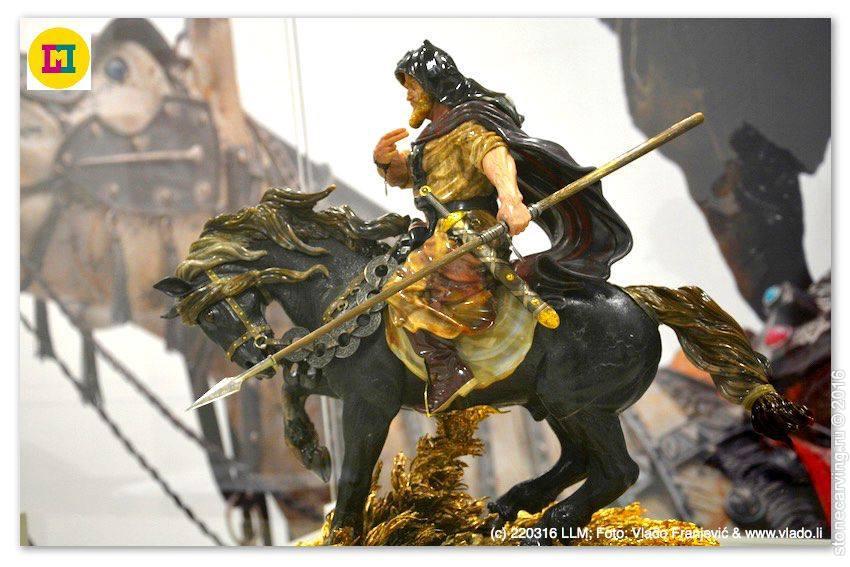
The exhibition “Heroes. History in Ural Stone Carving” has opened in Liechtenstein
The exposition is displayed in Liechtenstein National Museum
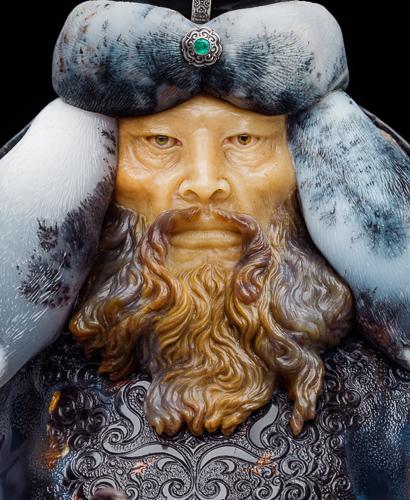
Heroes. History in Ural Stone Carving
The Opening Ceremony of ‘Heroes. History in Ural Stone Carving’ exhibition will take place on the 23rd of March at 19.00 in Liechtenstein National Museum
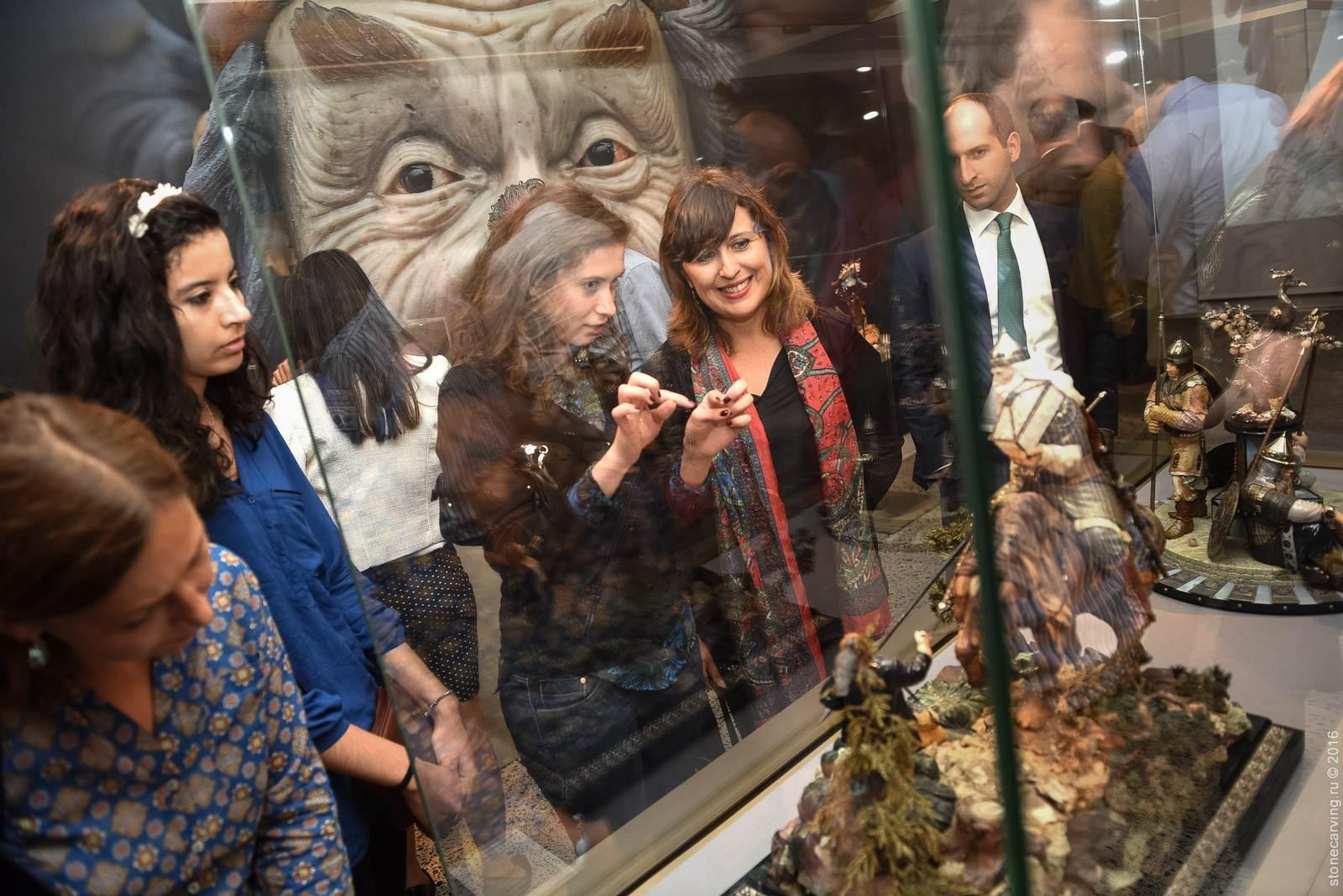
The exhibition in Liechtenstein has opened its doors
July 9, 2015 — The exposition welcomes everyone in Liechtenstein National Museum until 18 October 2015.
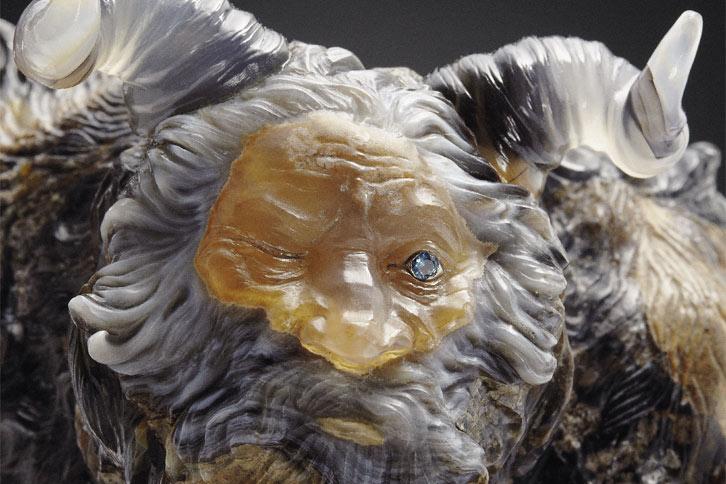
Introduction
Today we are witness to the golden age of new media. Children now turn to computer games rather than reading or listening to audio books. That is probably why this exhibition of stone sculptures based on fairy tales is somewhat surprising. The question that arises is perhaps the following: Is there still a need for fairy tales or for the art of stone carving?
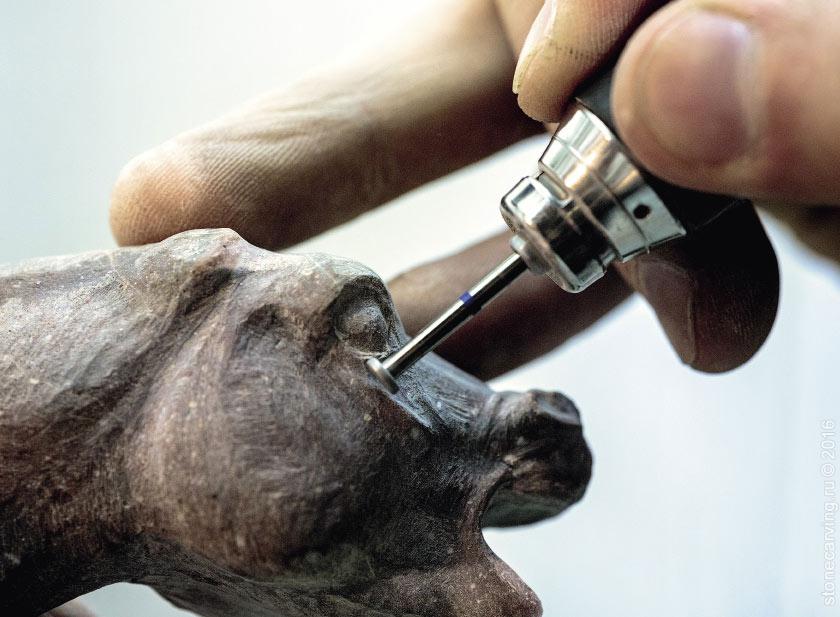
Stone carving: from concept to finished work
Hard stone carving is a truly unique art. On the one hand, the stone carver is an artist and a creator, who gives a hard and shapeless piece of stone a new life and a new shape. On the other hand, his most important task is to unveil and demonstrate what has already been created by nature: beauty, structure and the unique character of the stone. When it comes to working with stone, each piece requires this fine balance between creating and being guided by the material itself.
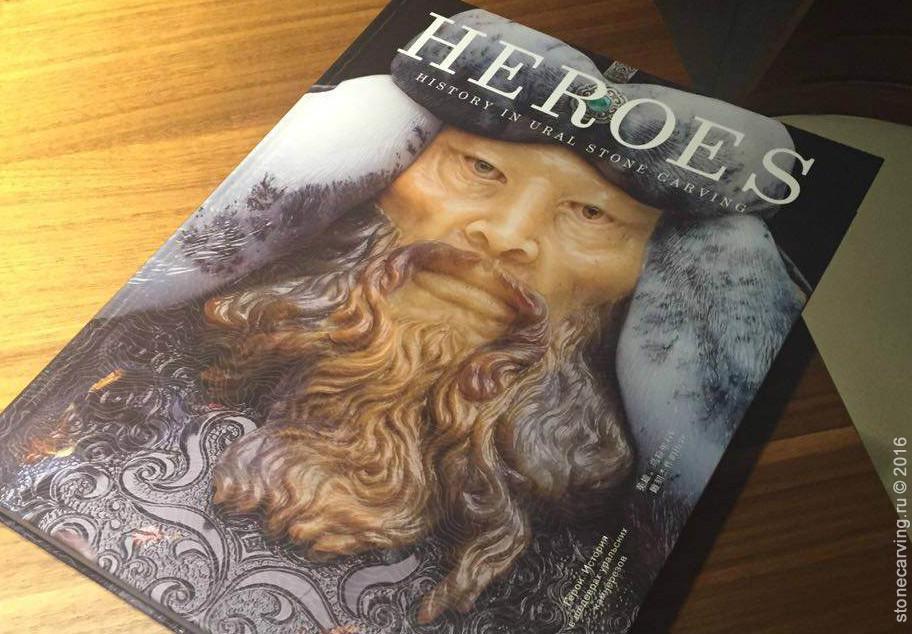
The exhibition catalog “Heroes. History in Ural Stone Carving” is published
The book is prepared specially for the exhibition, which opened on 23 of March in Liechtenstein National Museum: the reader will find all stone sculptures presented in the exhibition in the catalog.
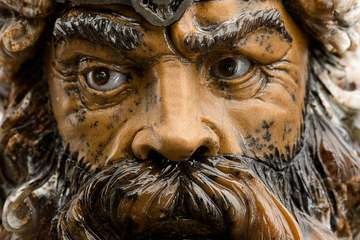
Exposed stone compositions
August 25, 2015 — The ‘Exhibition’ section provides all stone carving compositions, forming the Legends and Fairy tales in Ural stone carvings exhibition.

New exhibition opened in Vaduz on 8 July
July 8, 2015 — The opening ceremony of ‘Legends and fairy tales in Ural stone carvings’ exhibition took place on 8 July in Liechtenstein National Museum.
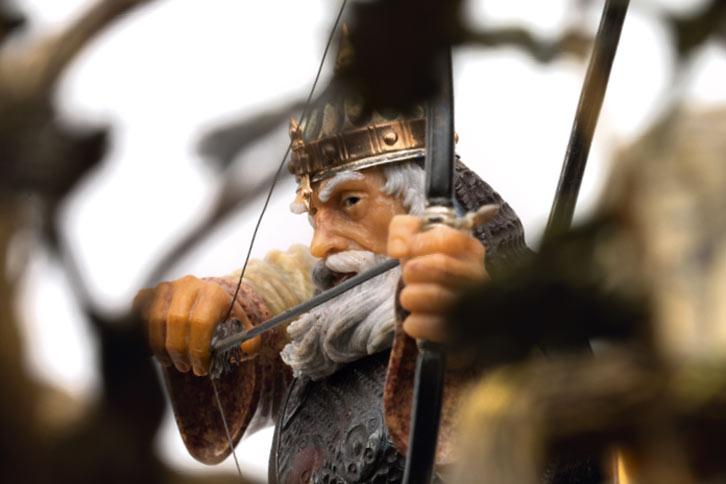
Legends and fairy tales in Ural stone carving
The Legends and fairy tales in Ural stone carving exhibition showcases the best hard stone sculptures dedicated to fairy tales, mythological figures and epic heroes. Folklore has always been part and parcel of Russian culture — from ancient times to the modern day. Writers and artists find inspiration in folk tales and the Russian language itself is full of references to stories and images that are well known to Russian people from early childhood.

Five Centuries of Three-Dimensional Mosaic
The history of stone carving in the Urals dates back to the time when Peter the Great was reforming Russia. Over the three hundred years of its existence, this art has changed but it has always had surprisingly close ties with Western European practices in stone-cutting.

The book about stone carving picked up European award
“The Best Books of Liechtenstein 2015” award was given to the book “Legends and fairy tales in Ural stone carvings”
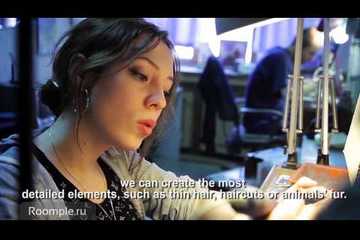
Stone sculptures: creation
Roomple Internet video channel had visited the ‘Svyatogor’ workshop and made a film about the process of creation of stone sculptures by stone carvers.
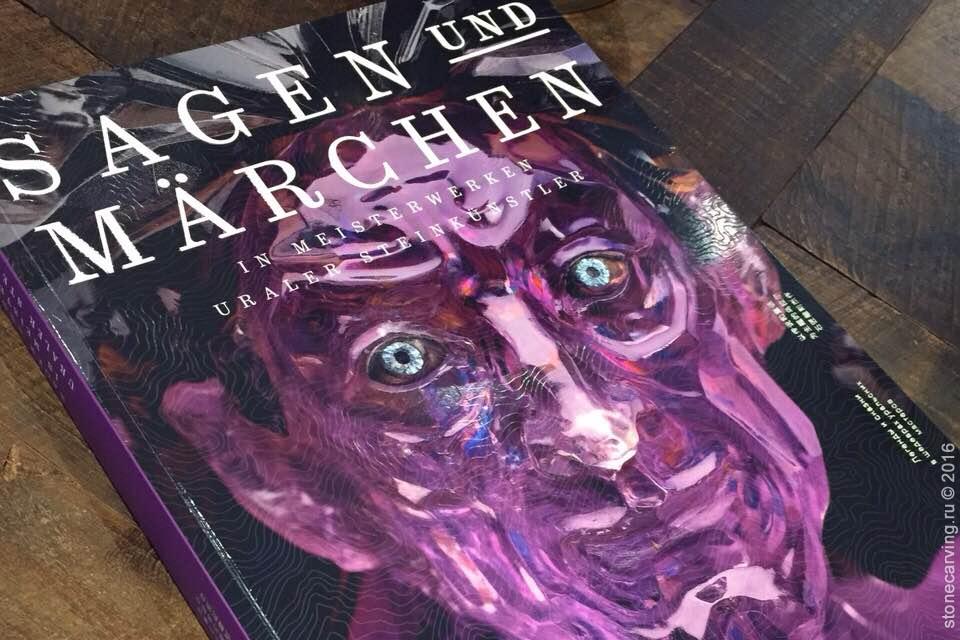
The catalogue of ‘Legends and fairy tales in Ural stone carvings’ exhibition is available
July 6, 2015 — The catalogue in four languages will be available in Liechtenstein National Museum in Vaduz.

Hard stone carving in the Urals: a story with a new beginning
Hard stone carving developed intensively in the 18–19th century and the active exploration of the Urals — one of the most unusual Russian regions, rich in unique gems — played an important role in this process. The Ural Mountains, which gave the region its name, divide Europe and Asia and behind them lies vast Siberia. Historically, the development of this region has been linked with mining and naturally, such a diverse range of minerals and rocks generated a lot of interest in the art of hard stone carving.

